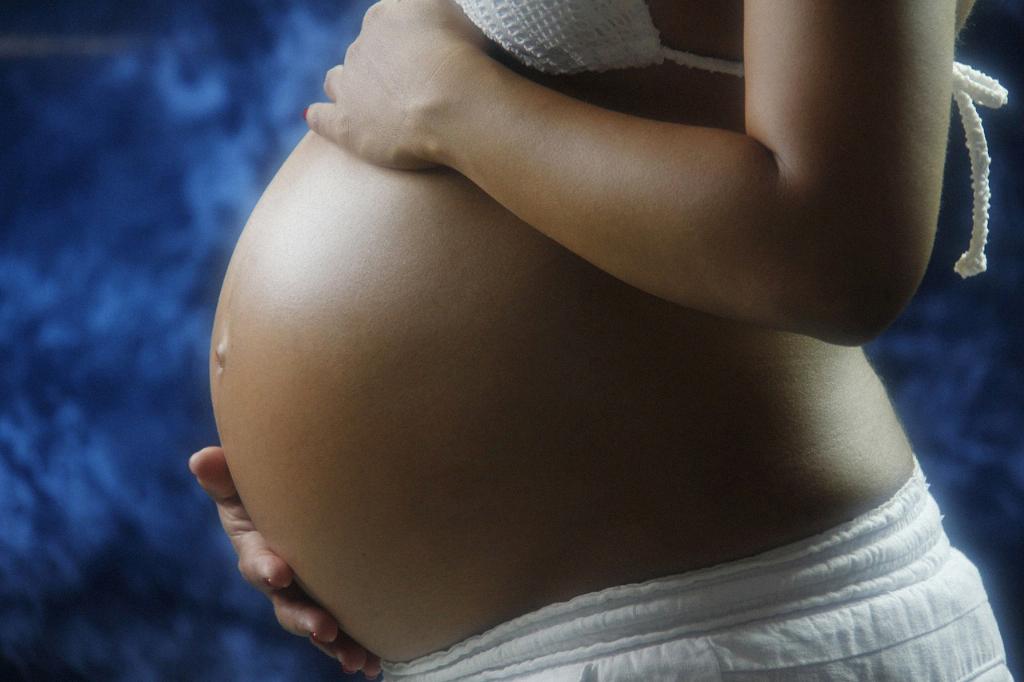Have you ever wondered about the likelihood of getting pregnant on your first attempt? It’s a question that many individuals contemplating starting a family grapple with, and the answer can vary based on various factors.
Initial Month: The Highest Chance of Conception
When it comes to the probability of conceiving on the first try, studies indicate that the highest likelihood is during the initial month of trying, with approximately a 30% conception rate. This period is often viewed as the peak fertility window, where the body is primed for conception.
Decline Over Time
As the journey progresses, the chances of getting pregnant in subsequent months tend to gradually decline. By the end of the first year of trying, the conception rate drops to around 5%, indicating a decrease in fertility as time goes on.
Cumulative Conception Rates
It’s essential to consider cumulative conception rates when evaluating the odds of pregnancy. These rates provide a broader perspective on fertility outcomes over an extended period. Statistics show that approximately 75% of couples conceive after six months of trying, with this number rising to 90% after a year and reaching 95% by the two-year mark.
Factors Influencing Conception Success
While these statistics offer general insights, it’s vital to remember that individual circumstances can influence the chances of conception on the first attempt. Factors such as age, overall health, reproductive health, lifestyle habits, and timing of ovulation play significant roles in fertility outcomes.
Age and Fertility
Age is a crucial factor when assessing fertility. Women in their early twenties generally have a higher chance of getting pregnant quickly compared to those in their late thirties or forties. Fertility typically declines with age due to factors like egg quality and quantity.
Reproductive Health
Issues such as irregular menstrual cycles, hormonal imbalances, or underlying medical conditions can impact fertility. Prioritizing reproductive health through regular check-ups and consultations with healthcare providers can help optimize the chances of conception.
Lifestyle Choices and Fertility
Healthy lifestyle choices, including maintaining a balanced diet, engaging in regular exercise, managing stress levels, avoiding harmful substances, and getting adequate sleep, can positively influence fertility outcomes.
Timing of Ovulation
Understanding the menstrual cycle and identifying the fertile window — the days when ovulation occurs and conception is most likely — can enhance the chances of getting pregnant on the first try. Tools such as ovulation predictor kits and tracking basal body temperature can aid in pinpointing ovulation.
Patience and Persistence
Embarking on the journey to conceive can be both exciting and challenging. While the chances of getting pregnant on the first try may vary from person to person, maintaining a positive mindset, seeking support from loved ones, and staying informed about fertility can help navigate the process with patience and persistence.
Consulting a Healthcare Professional
If concerns arise about fertility or difficulties in conceiving, consulting a healthcare professional, such as a reproductive endocrinologist or gynecologist, can provide valuable insights, personalized guidance, and potential fertility assessments to address any underlying issues.
Conclusion
In conclusion, while the chances of being pregnant on the first try might be highest in the initial month of trying, the journey to conception is unique for each individual and couple. By understanding the factors that influence fertility, making informed choices, and seeking appropriate support when needed, one can embark on this path with confidence and optimism.

